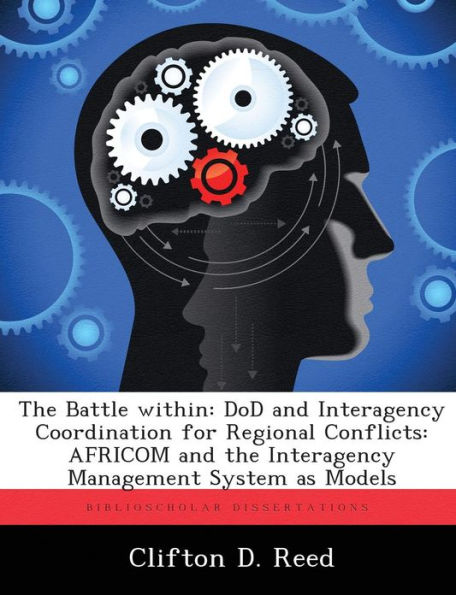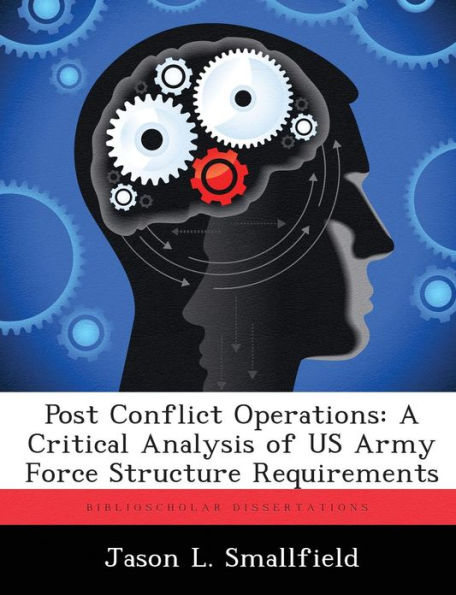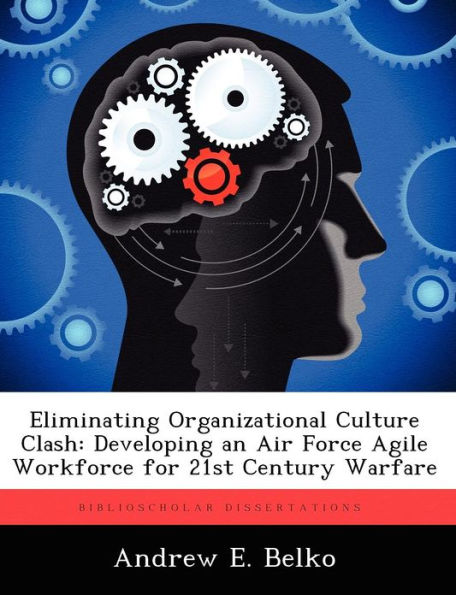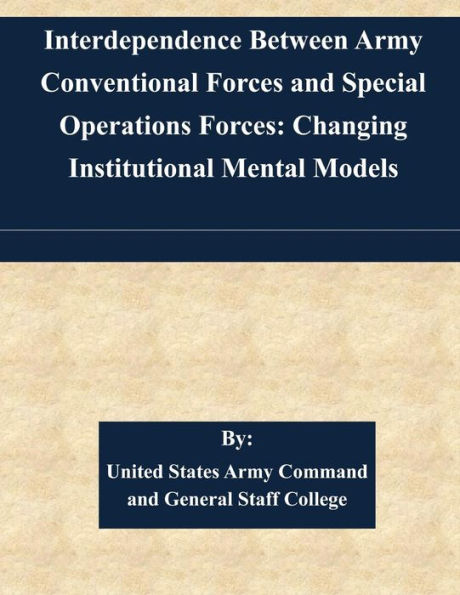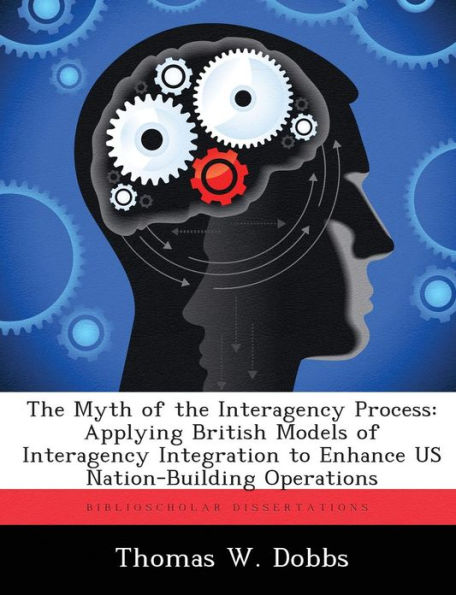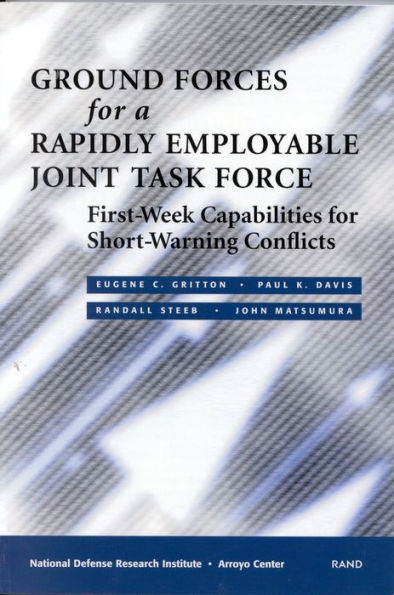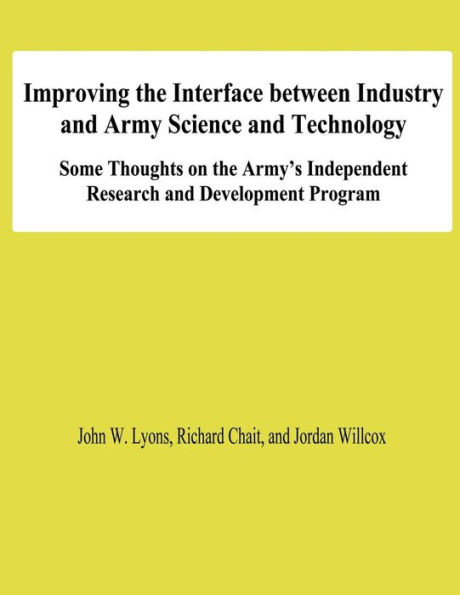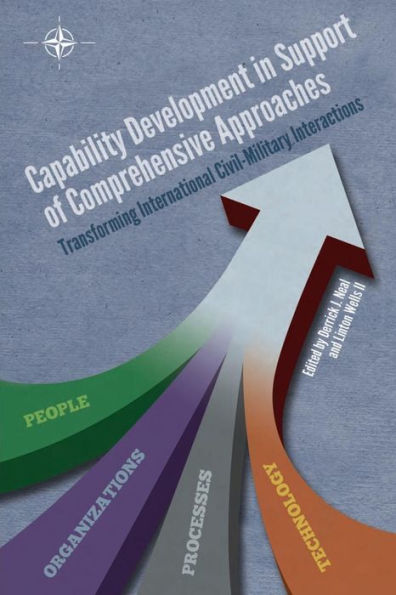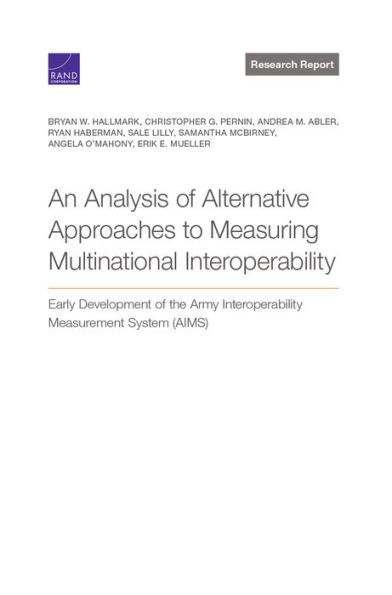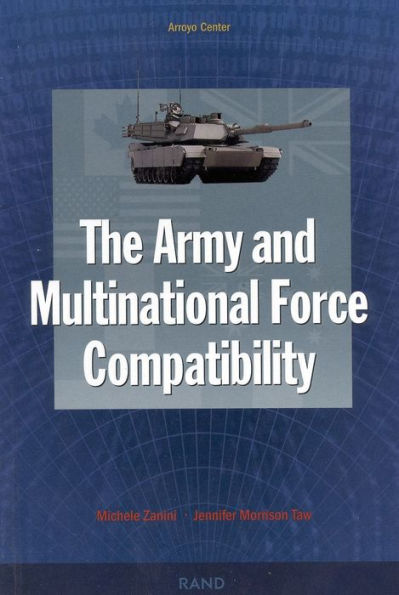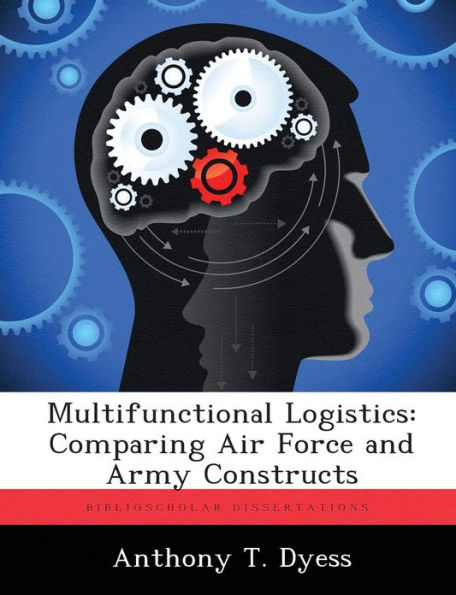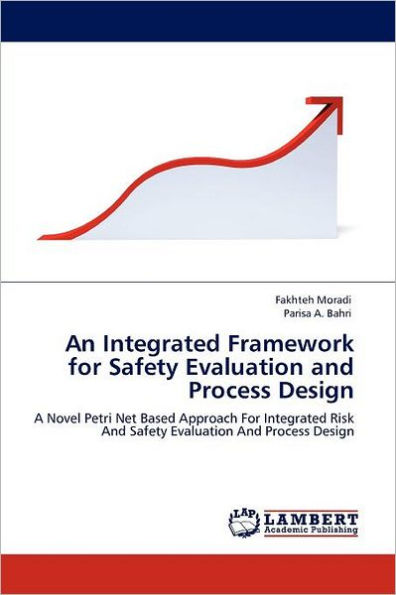Home
The Interagency Conflict Assessment Framework: A Pragmatic Tool for Army Design


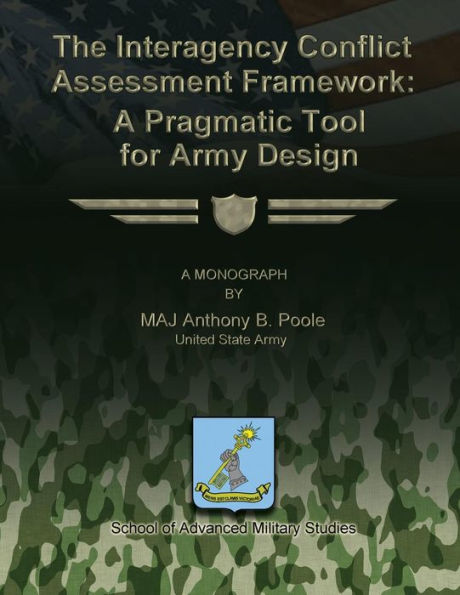
The Interagency Conflict Assessment Framework: A Pragmatic Tool for Army Design
Current price: $15.99
Loading Inventory...
Size: OS
A common perspective among U.S. interagency partners today is that any step towards more effective and coordinated responses to contemporary security challenges requires an improved and shared understanding of the nature of the conflict and the environment in which it exists or may potentially emerge. They also agree that this requires both a joint interagency process for conducting the assessment and a common conceptual framework to guide the collection and analysis of information. In October 2008, an interagency committee officially adopted the Interagency Conflict Assessment Framework (ICAF) as the conceptual tool which informs interagency planning for conflict prevention, mitigation and stabilization. Because the Army is increasing its practice of deploying more planners to support interagency planning while also involving more interagency partners in its planning, this demonstrates the need to examine ICAF methodology in order to determine its compatibility with and utility within Army doctrinal planning processes. In March 2010, design was officially introduced into Army doctrine as a new conceptual planning component complementing detailed planning. It is a meta-perspective approach that provides military leaders with advanced cognitive tools to address complex, ill-structured problems common to contemporary conflict operations. By way of extensive literature reviews and comparative analysis, this study will establish that the ICAF and Army design have considerable differences but also share many similar systems thinking perspectives. The comparative analysis reveals that the ICAF, while compatible with design, is incomplete. This monograph will recommend that the two methodologies are compatible and integrating the ICAF with Army design can be advantageous in establishing a useful interagency approach to learning and understanding the nature of conflict and the context in which it exists or might emerge.
